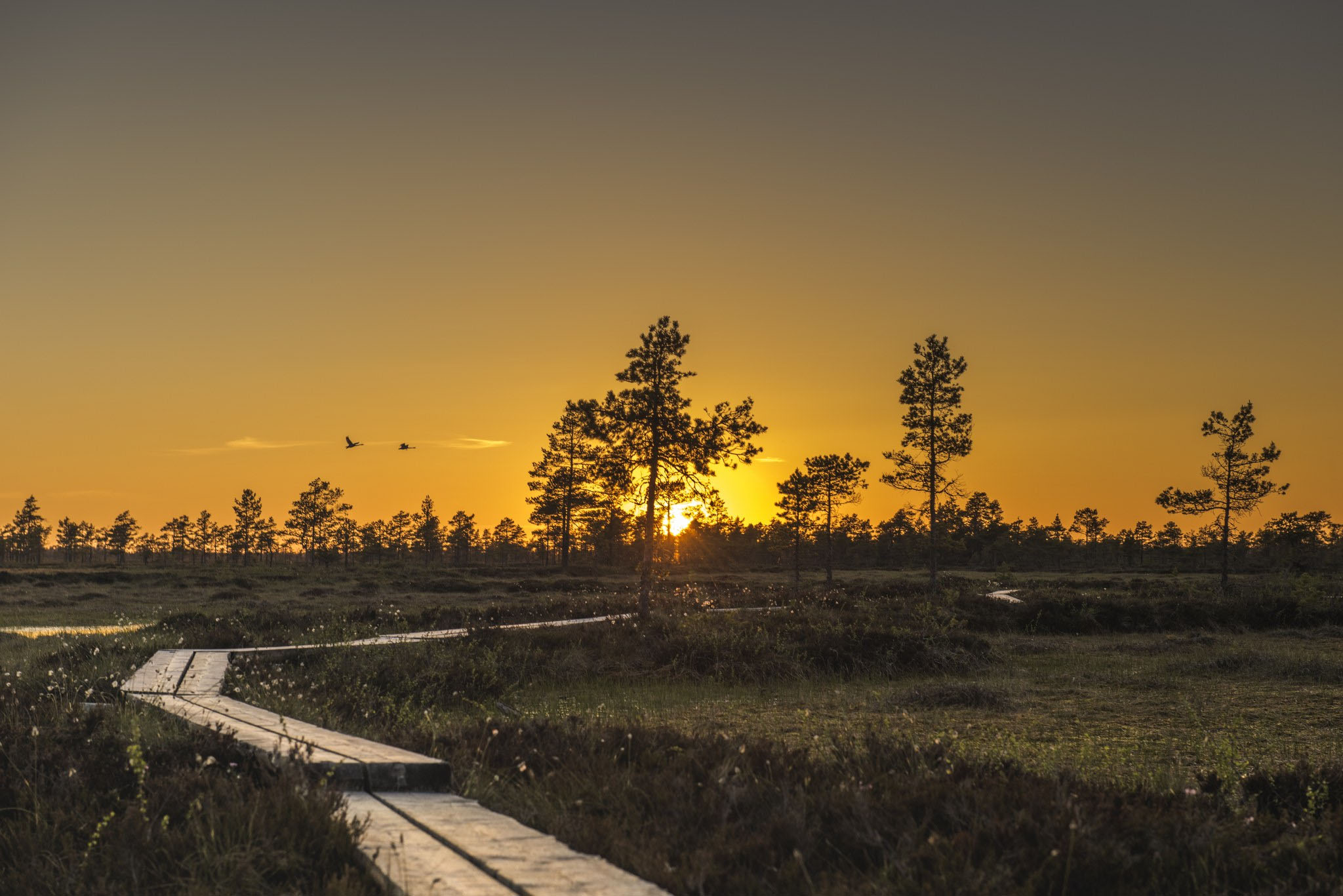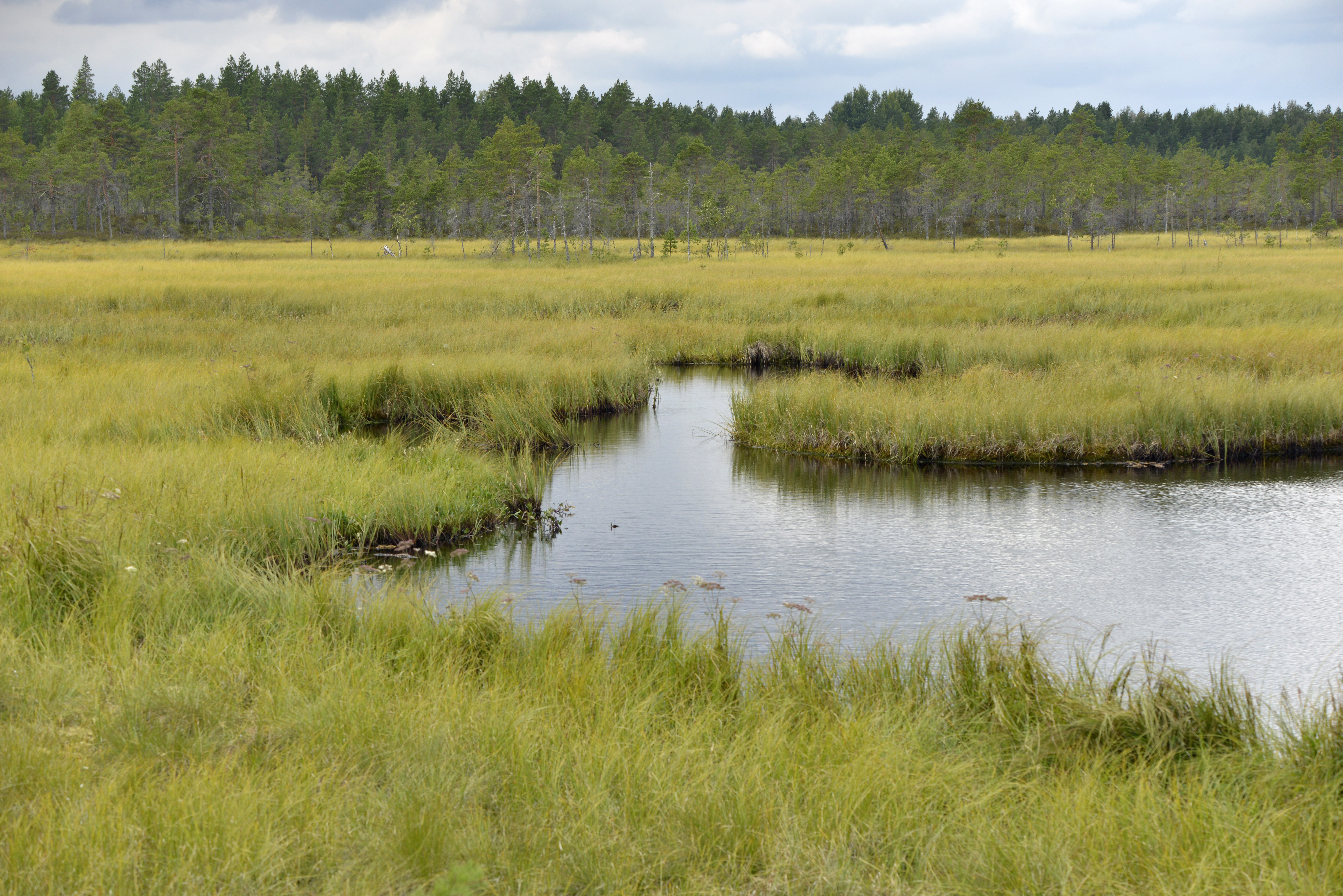
Hunters…
The first people came to these regions already 8,400 years ago, when the land was just emerging from the Ice Age sea and inventive hunter-gatherers built their homes in sheltered sea bays. The mire formation started as soon as the mire vegetation took over the moist depressions before the topsoil dried out.
The Stone Age hunter-gatherers advanced to the northwest, following the productive coastal zone of the sea. The archaeological discovery material is almost completely silent for thousands of years.
…and celebration of nature
In this realm of nature, an exceptionally representative and diverse mire nature developed in the watershed regions of the current Geopark area: first, nutrient-rich aapa mires and lush fens, then barren pine bogs and raised bogs. Here and there even more than half of the land area turned into a mire.
Mire nature’s celebrations continued for another thousand years after the hunters came to their trap paths on the banks of streams in distant forests and on the outskirts of large mires. Here in Hämeenmetsä forest, the medieval hunting culture reached perhaps its highest bloom. Few permanent traces remained of the activities of the hunting peasants. The hunting period can be seen today mainly in the nomenclature.
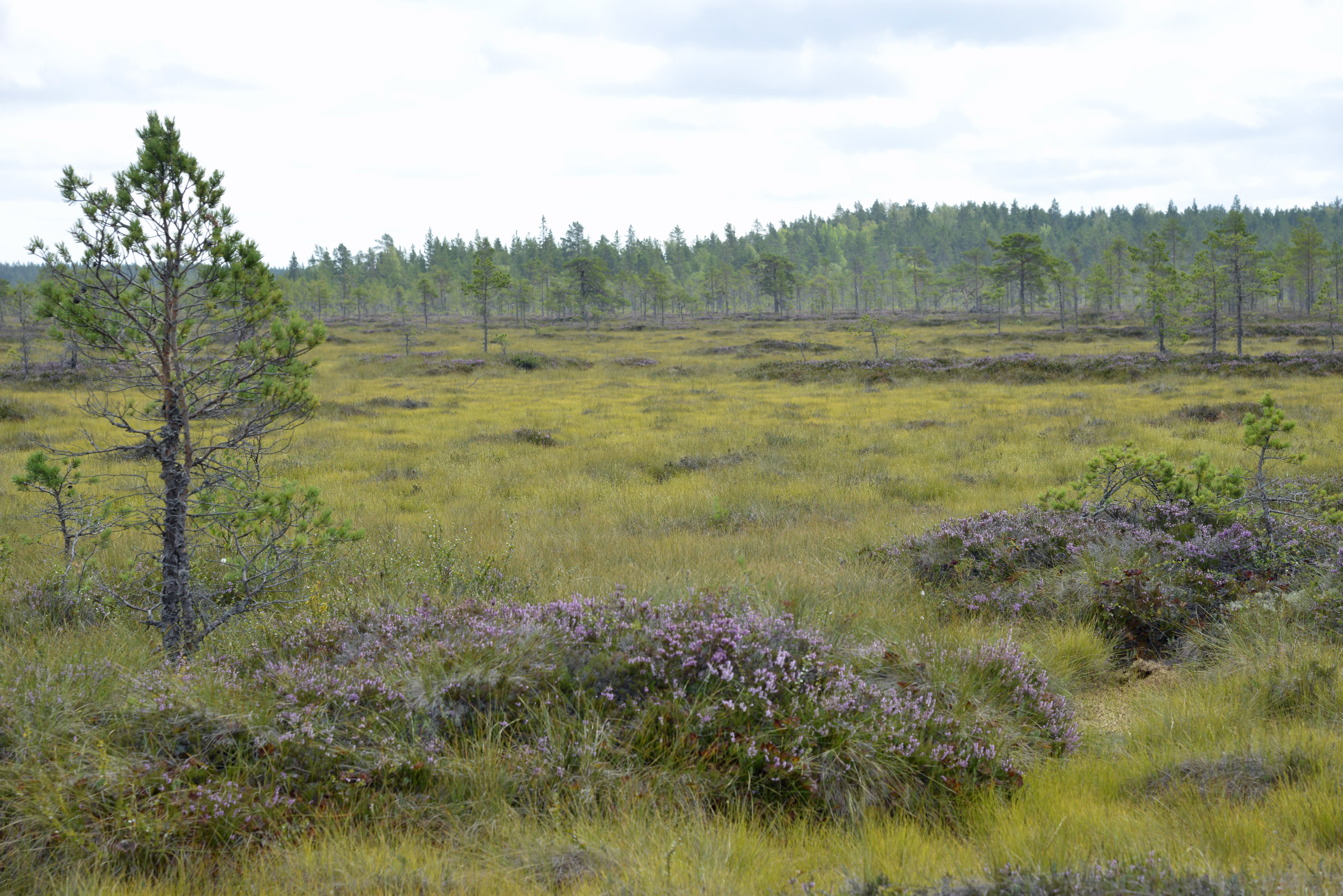
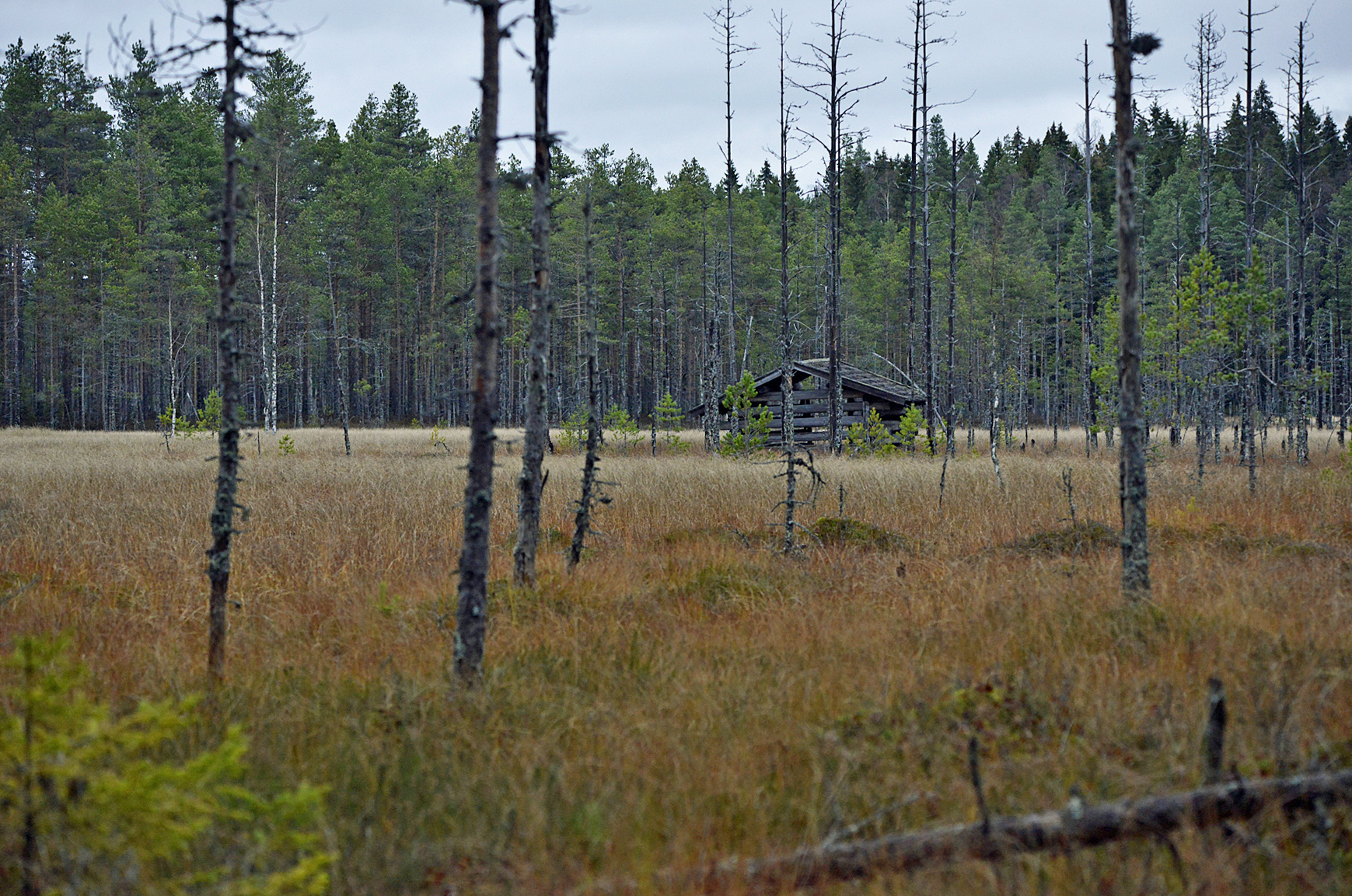
Hard work of the settlers
As the hunting period faded, starting from the 16th century, farmers began to send their sons and farm workers as settlers to the former hunting areas to slash and burn. Slash and burn, which wasted forests, began to decrease in the 17th century, when bog farming was learned.
The clearing was mainly directed to the nutrient and sedge-rich parts of the bogs and aapa mires. The sedge bogs of the low riverbanks had developed to be especially fertile. They were initially used as natural meadows, like hay lakes and aapa mires, as a modest winter fodder for livestock. Field clearing began to change the distribution of bog types in a harsher direction.
Even bogs were learned to be cultivated by burn-beating. The mire was drained by hand, because it could not support a horse. The swidden that had dried on the surface was burned in early summer. Soft, light smoke covered the tract. In late summer, the fire soil was harrowed and rye was sown. The last decades of the 19th century were, especially after the famine years of the late 1860s, unprecedented toil of the settlers.
Conquest by machine power
Then the growth of the forest industry revolutionized forestry methods. Especially since the 1950s, bogs were only seen as wastelands waiting for better use, to be made to grow a forest. After field clearing, more than three quarters of the remaining mire area was drained. The thoroughness of the work can be seen in the basic maps of the area, where forests and mires are covered by a jungle of straight ditches. Now almost half of the forest growth comes from drained peatlands.
Peat extraction with a shovel as litter and fuel is more than a hundred-year-old tradition, but industrial peat extraction supplemented the impoverishment of the bog ecosystem caused by forest drainage, especially starting in the 1970s. In the last phase, many bogs still in their natural state in the center were reserved for peat extraction. Before the decline of peat extraction in the 2020s, humans and machines had time to become the biggest geological force on our planet. Now, new uses are being planned for the former extensive peat fields, from wetlands to solar power plants.
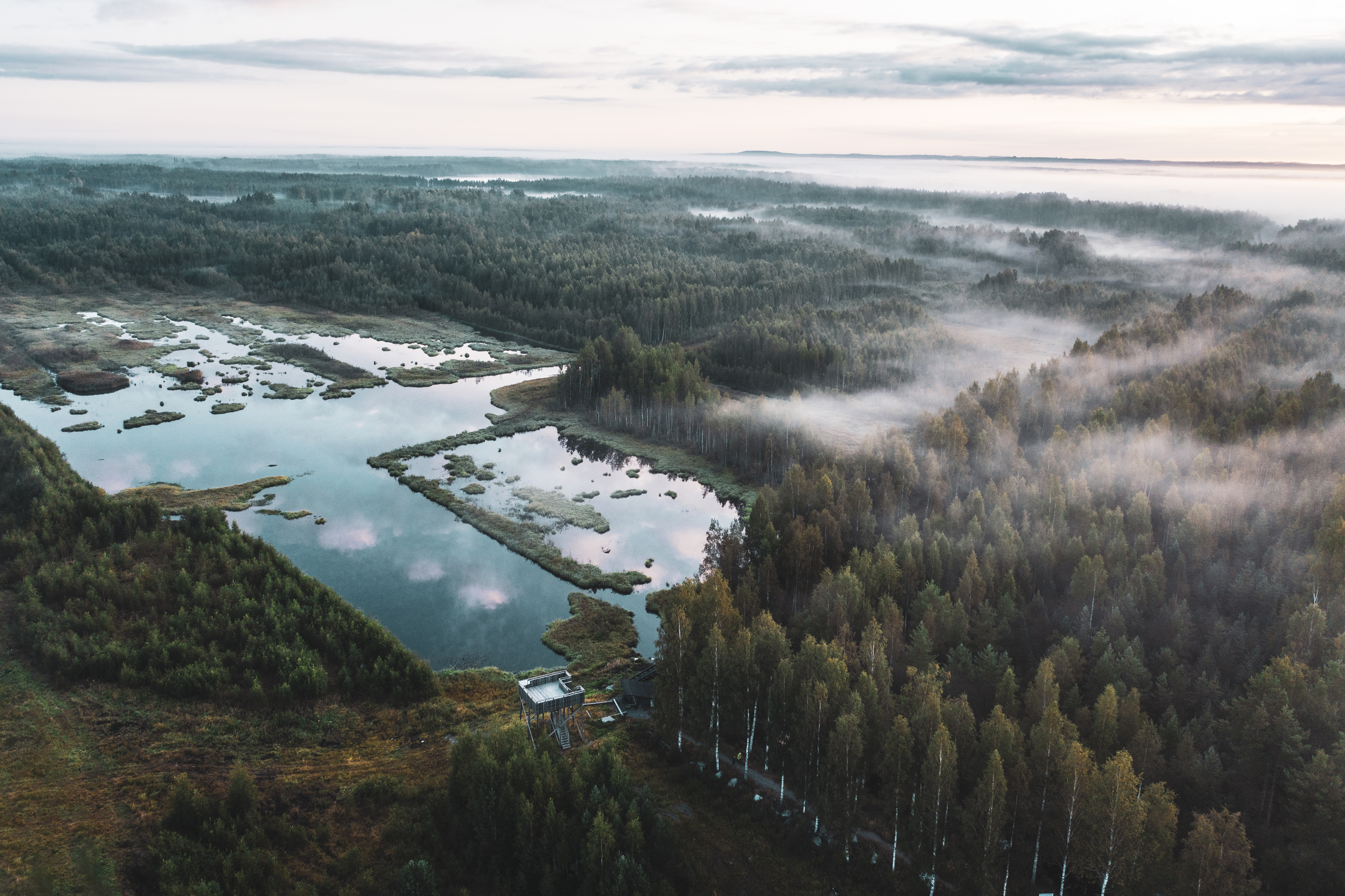
Eyes begin to open
And what remained unconquered? There are only small patches of lush fens and forest bogs, and aapa mire mostly on the edges of protected mire areas. Processing of forests and bogs has resulted in loss of nature, muddied waterways and increased carbon dioxide emissions.
The pioneers of mire conservation have persistently taught us to feel the extraordinary diversity of mires and to open our eyes to see their beauty. Finally, the mires have gained more and more defenders. The establishment of nature reserves and the mire conservation programme (1980) with its additions is to be thanked for the fact that even some representative mire ensembles were preserved in Finland. In the Lauhanvuori-Hämeenkangas Geopark area, these unique large mires, such as Kauhaneva, are the most valuable part of the area.
Mire has had a long journey from discrimination to admiration. The mire is an essential part of the Finnish wilderness, which we look for in our free time. For those who move in nature, the mire is a place of peace and an open space full of sensory pleasure of colors, tastes, smells and bright sounds that can be heard against the silence. When in the midst of all the pursuit of profit, we have managed to save such mires, let us be happy about them!
Text: Jussi Kleemola
